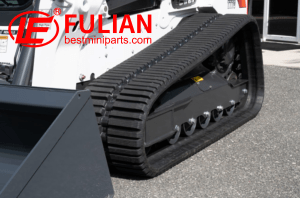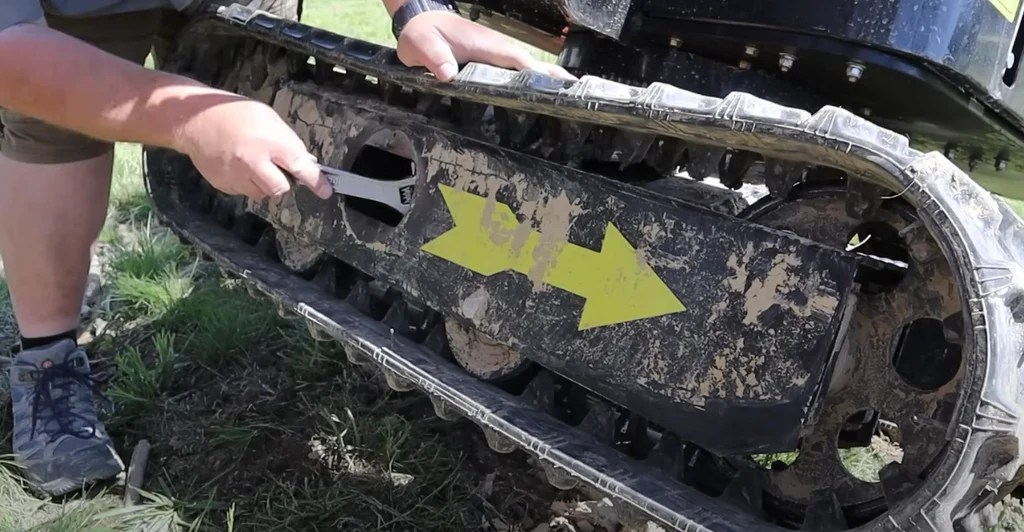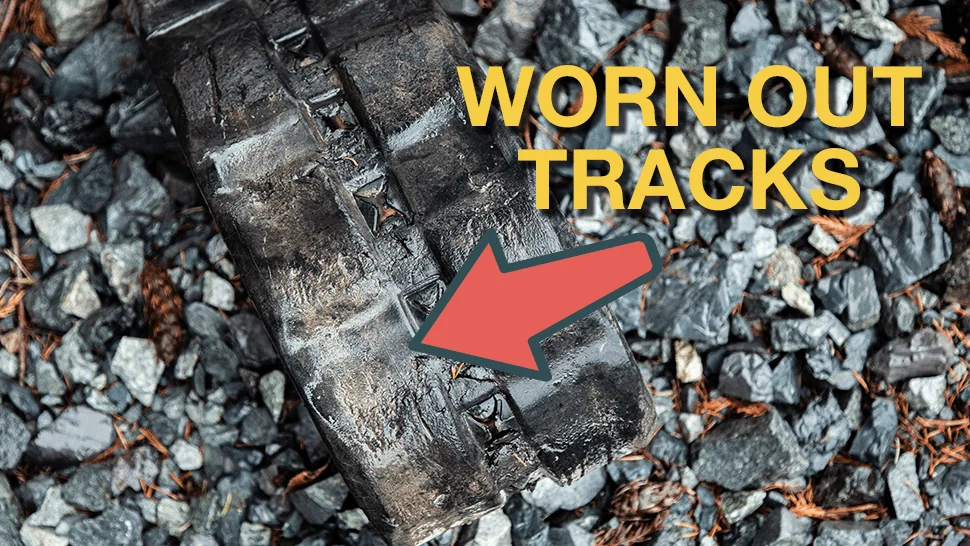The durability of rubber tracks on heavy machinery is influenced by a variety of factors, ranging from the quality of the materials used in manufacturing to the conditions under which the equipment is operated. Here are the key factors that determine the longevity and performance of rubber tracks:
1. Quality of Rubber Compound
- Material Composition: The type and quality of rubber compound used in the track greatly influence its durability. Tracks made from high-grade natural and synthetic rubbers are generally more resistant to wear, tearing, and environmental damage.
- Additives and Reinforcements: The inclusion of additives like carbon black and anti-aging agents can enhance the rubber’s resistance to UV radiation, ozone, and extreme temperatures, prolonging the track’s life.
2. Steel Core and Cables
- Steel Core Strength: The strength and design of the steel core embedded in the rubber track provide structural integrity. A well-designed steel core prevents stretching and distortion, maintaining the track’s shape and functionality over time.
- Cable Design: High-tensile steel cables running through the track help distribute stress evenly and prevent snapping, which is critical for heavy machinery that operates under extreme loads.
3. Track Tread Design
- Tread Pattern: The design of the tread pattern can impact both the traction and wear rate of the track. Tracks with deeper, more aggressive tread patterns offer better grip but may wear out faster on hard surfaces.
- Tread Thickness: Thicker treads generally last longer, especially when operating on abrasive surfaces like gravel or concrete.
4. Operating Conditions
- Surface Type: The type of terrain the machinery is used on plays a significant role in rubber track wear. Operating on rough, uneven, or abrasive surfaces causes more rapid wear compared to softer, more forgiving terrains.
- Load and Pressure: Overloading the machinery or operating it with incorrect track tension can lead to premature wear, stretching, or even breaking of the rubber tracks.
5. Maintenance Practices
- Regular Inspection: Regular inspection for signs of wear, damage, or misalignment can prevent small issues from becoming major problems. Promptly addressing these can extend track life.
- Proper Cleaning: Keeping the tracks clean from debris, chemicals, and other contaminants can prevent deterioration of the rubber and steel components.
6. Environmental Factors
- Climate: Extreme temperatures, both hot and cold, can affect rubber track performance. Cold weather can make the rubber brittle, while high temperatures can lead to softening and faster wear.
- Exposure to Chemicals: Tracks exposed to chemicals such as oil, fuel, or saltwater can experience accelerated degradation. Using tracks specifically designed to resist chemical exposure can mitigate this risk.
7. Brand and Manufacturer
- OEM vs. Aftermarket: The reputation and track record of the brand or manufacturer can also be an indicator of durability. OEM tracks are generally designed to meet specific machine requirements, while aftermarket tracks might offer varying levels of quality.
- Warranty and Support: Brands that offer strong warranties and customer support tend to produce more durable tracks, as they stand behind their products.
8. Track Width and Length
- Track Width: Wider tracks distribute the machine’s weight over a larger area, reducing ground pressure and wear, especially on soft surfaces.
- Track Length: Longer tracks provide better weight distribution and traction, which can reduce the wear rate, especially in heavy-duty applications.
9. Installation and Alignment
- Correct Installation: Proper installation and alignment of the tracks are crucial to prevent uneven wear and damage. Misaligned tracks can lead to increased friction and faster degradation.
- Track Tension: Maintaining the correct tension in the tracks is essential for longevity. Over-tensioned tracks can stretch or snap, while under-tensioned tracks can slip or come off.
10. Machine Operation
- Operator Skill: Experienced operators who use the machine smoothly and avoid aggressive maneuvers, like sharp turns or sudden stops, can significantly reduce track wear.
- Operating Speed: High-speed operation on rough terrain increases the stress on rubber tracks, leading to faster wear and potential damage.
Fulian Operation Team
2024.9.7




